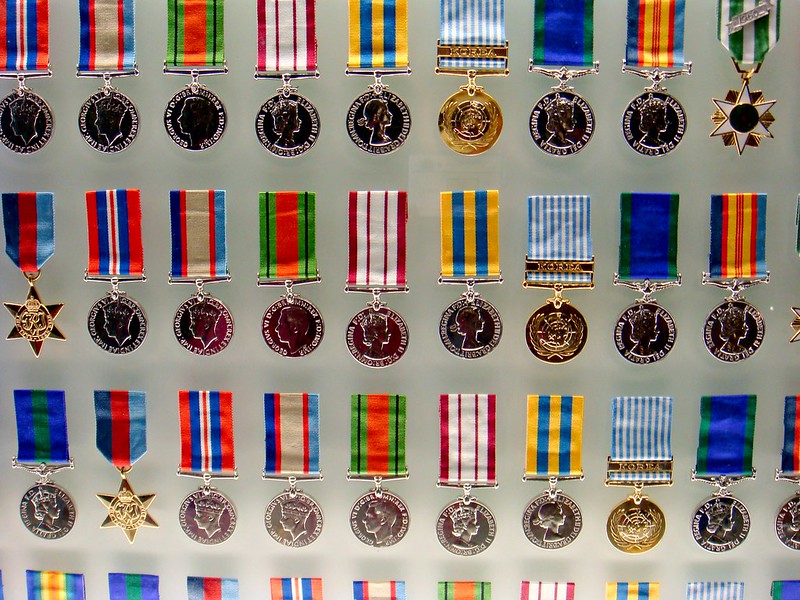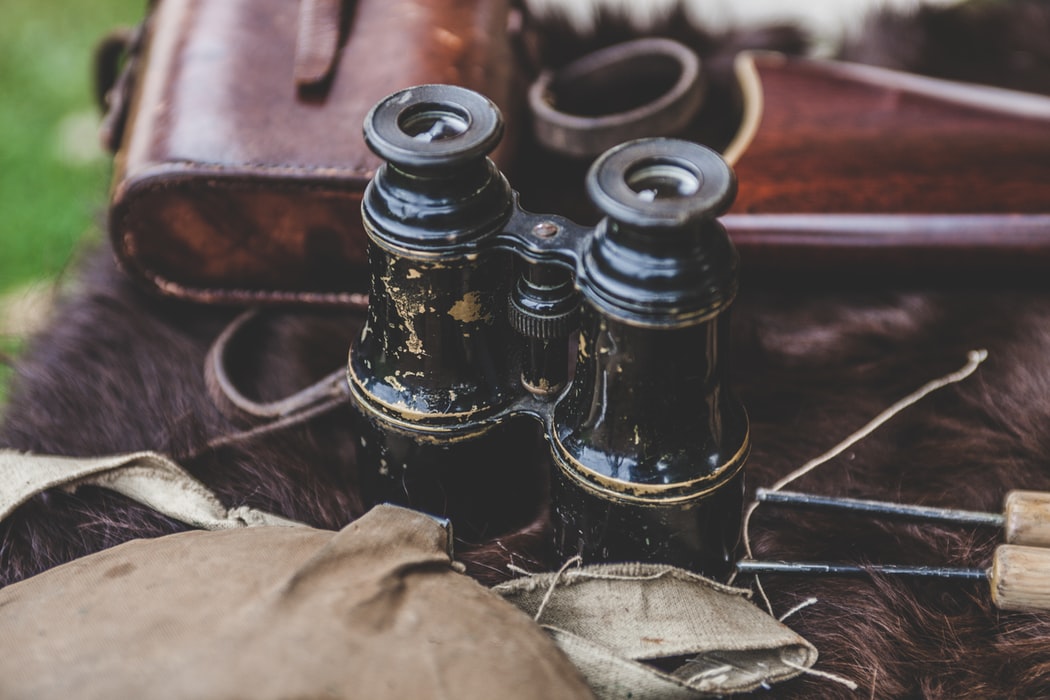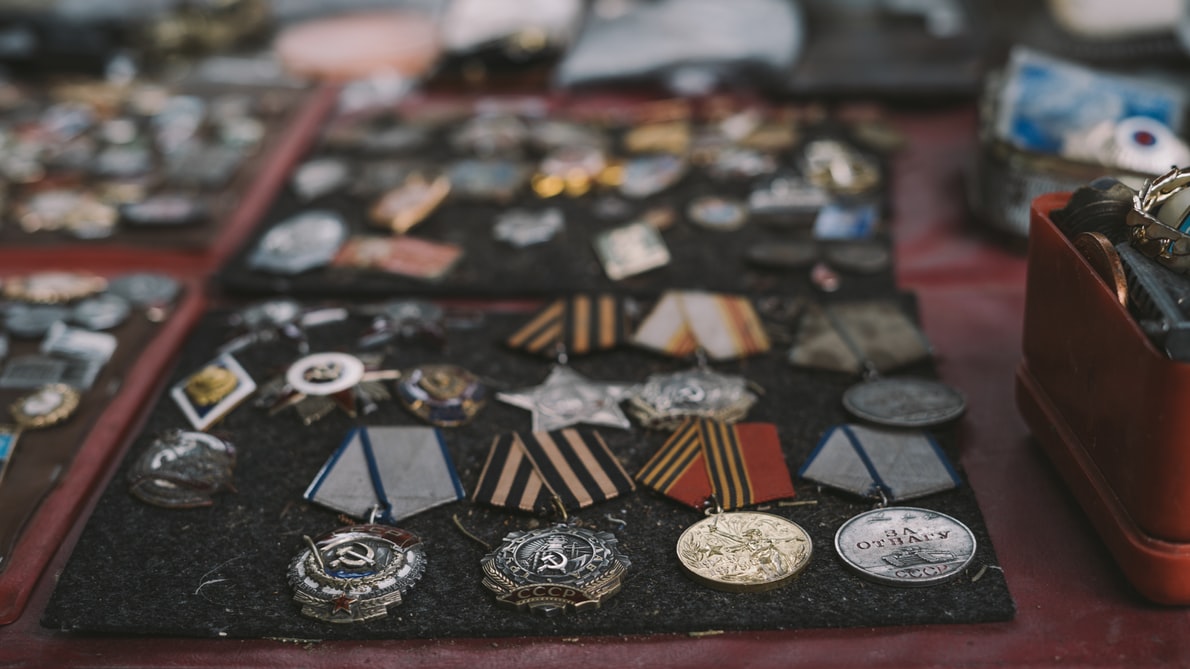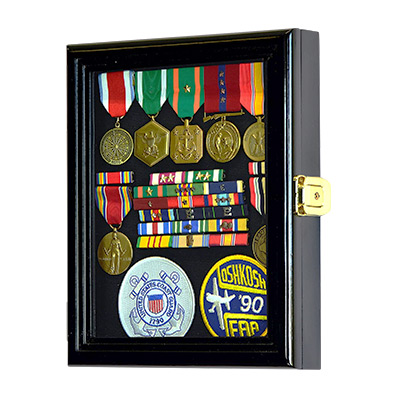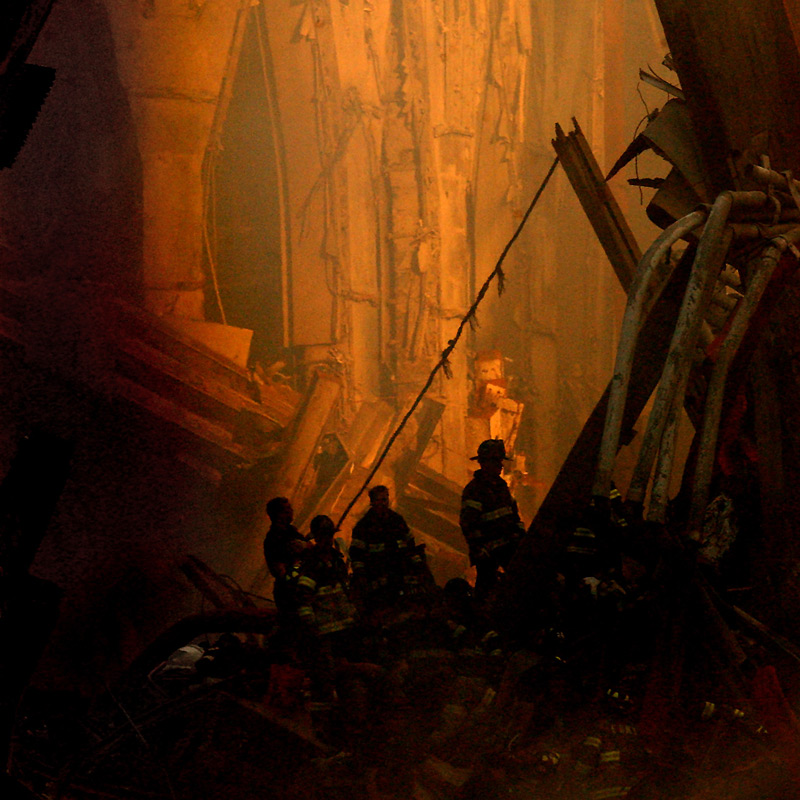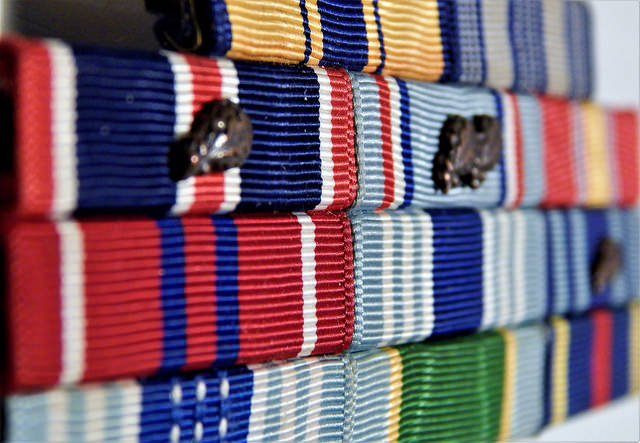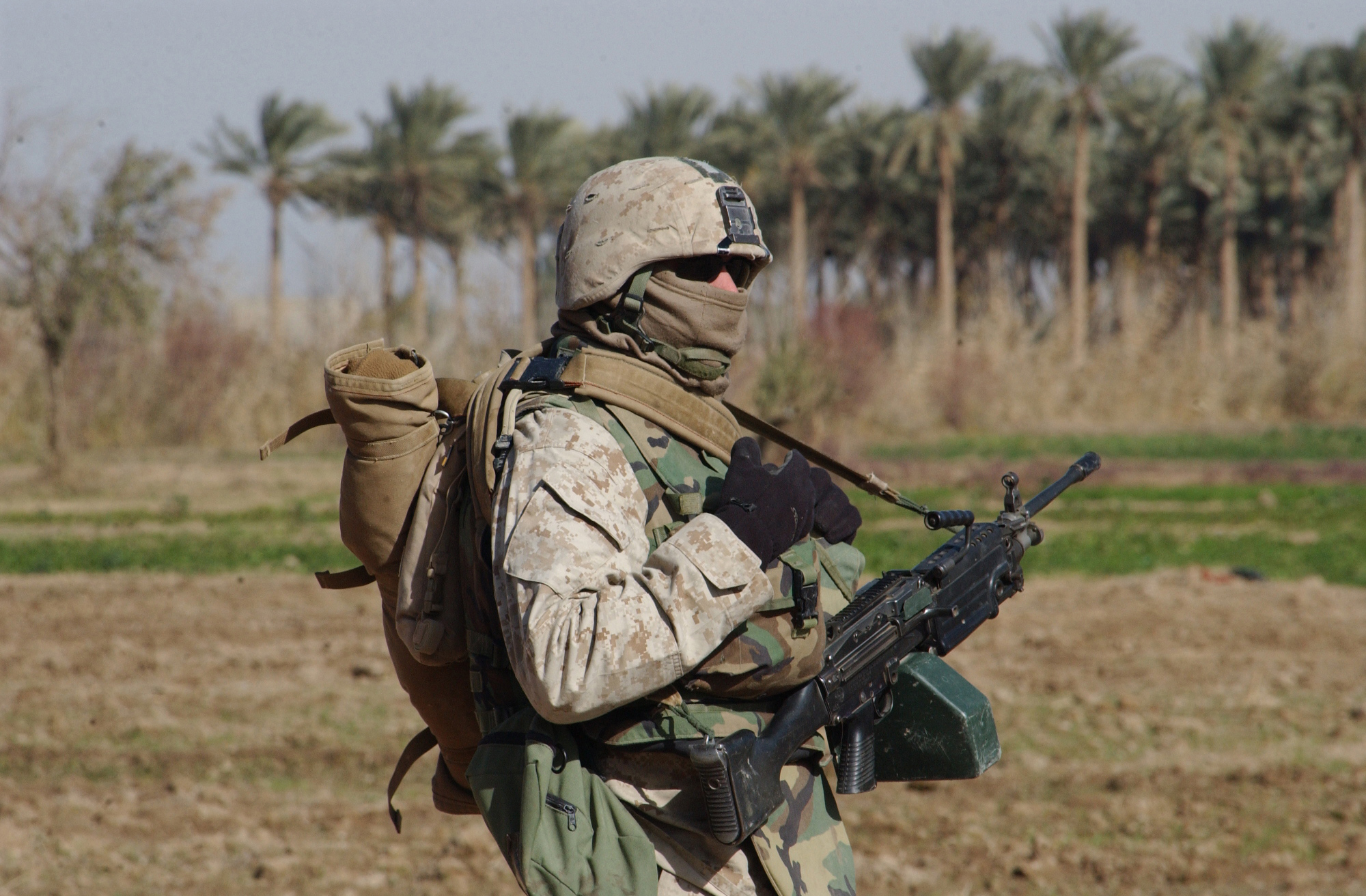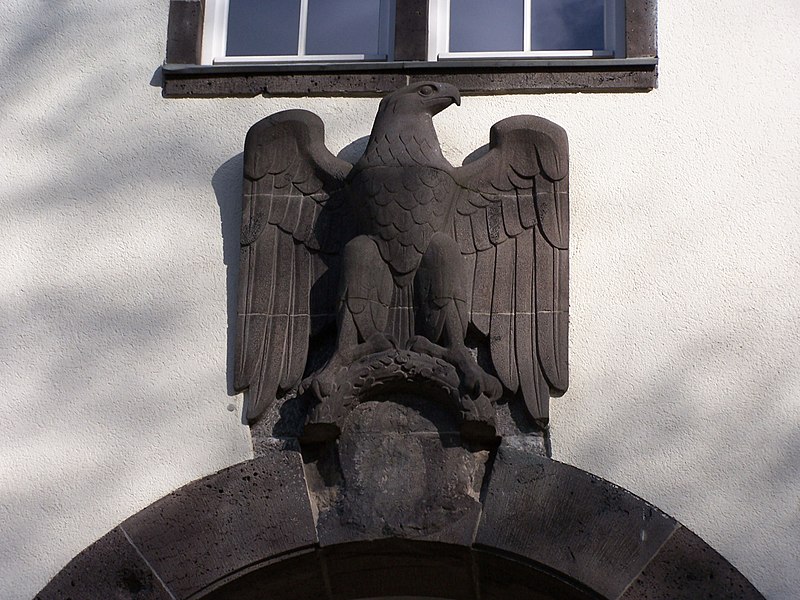Today, we define medals and awards as designs that commemorate a particular event, person, or place. Medals can range from small medallions to large plaques and be made from a variety of materials such as silver, bronze, or gold. The first military and commemorative medals had to be cut by hand but in the 19th century machine cutters were able to simplify the process, facilitating the creation of large amounts of awards based on an original design.
The First Medal Ever Made
Most experts agree that the first medal ever created was made by Antonio Pisano (or “Pisanello“), an Italian painter that lived from 1395 to 1455.
The medal, made in 1438, portrays John VIII Palaeologus – the penultimate Byzantine emperor. Several painters have also famously depicted John VIII Palaiologos on the occasion of his visit to Italy. For example, Benozzo Gozzoli painted him portrait on the southern wall of the Magi Chapel, at the Medici-Riccardi Palace in Florence.
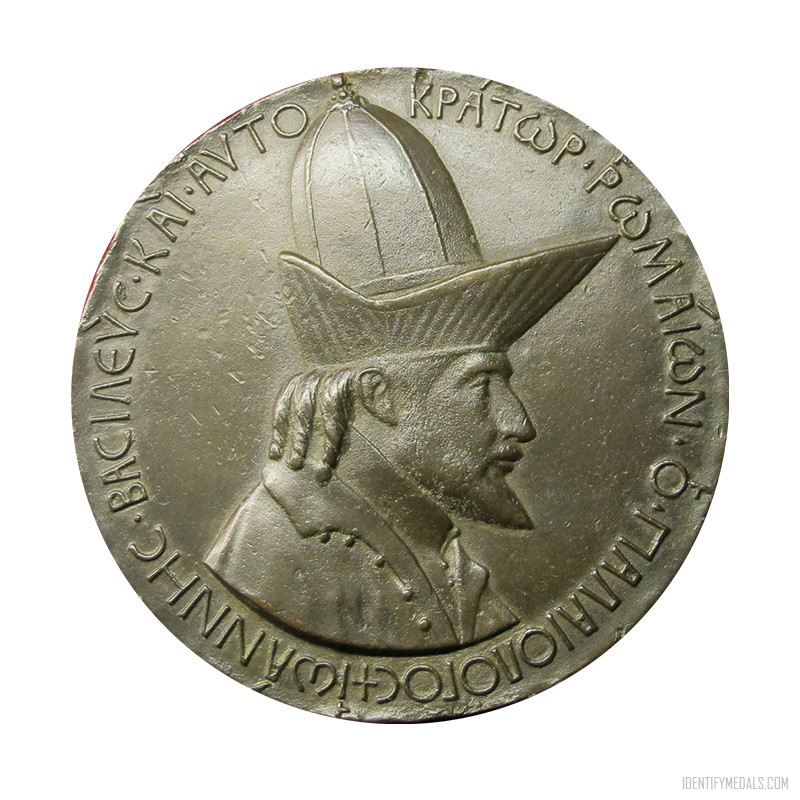
Pisanello’s medal was a portrait relief with a pictorial scene on the reverse. It was reproduced by casting in lead or bronze and given to the 16 sitters of the Courts of Milan, Ferrara, Naples, Mantua, and Rimini. The legend on the medal reads, in Greek, “John the Palaiologos, basileus and autokrator of the Romans“.
Pisanello is considered by many as the father of commemorative portrait medalists. During his life, he was best known for his medals and frequently copied time over time in later generations.
Before Pisanello, few medals were struck like minted coins. He was the first to melt his, a process closer to the creation of bronze low-relief. This is why his medals can show such exquisite detail.
Other Early Medals: France
France also produced very early commemorative medals in the 15th century. Around 1455, heraldic pieces were struck in gold and silver to commemorate the expulsion of the English.
The first medal portrait produced in France was that of Charles VIII and Anne of Brittany, who visited Lyon in 1494. Several goldsmiths like Jacques Gauvain and Jérôme Henry had been inspired by Italian medalists working in France. With the aid of German minting machinery, numerous propaganda medals were produced, in particular by the Huguenot goldsmith Étienne Delaune. Germain Pilon, a Mannerist sculptor, created a new tuype of medal that consisted of large cast portrait plaque. These were given to members of the Valois dynasty and Henry III. Guillaume Dupré followed Pilon, making portrait medals for Henry IV and, in 1604, he was appointed “conducteur et contrôleur général” of the Paris Mint. Dupré’s rival, Nicolas Briot, revived the English court’s interest in medals when he went to London in 1625.
Other Early Medals: The Netherlands
The most popular northern Renaissance medal is the Medal of Erasmus, made in 1519 in Antwerp by Quentin Massys. It’s worth noting, though, that professional medalists in the Netherlands also copied the Italian style (for example Steven van Herwyck and Jacob Jonghelinck). Medal production in the country was particularly stimulated by the need for propaganda medals during the war with Spain (1568–1648).

